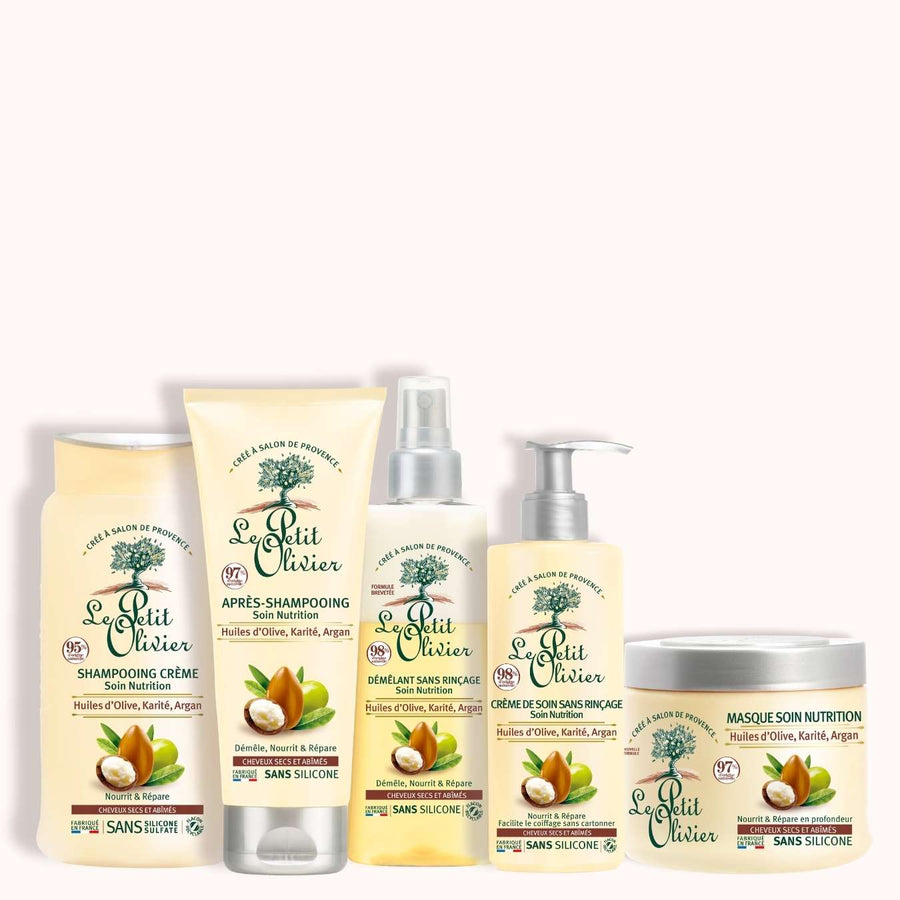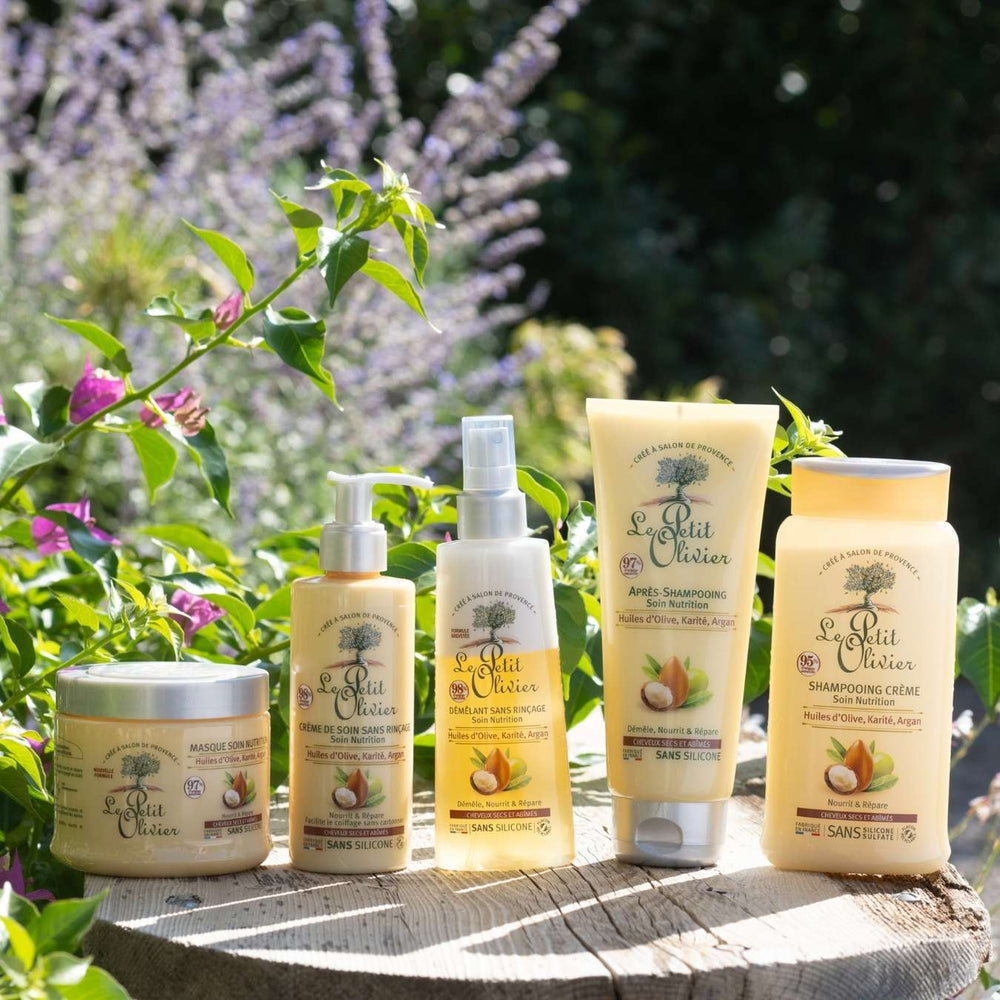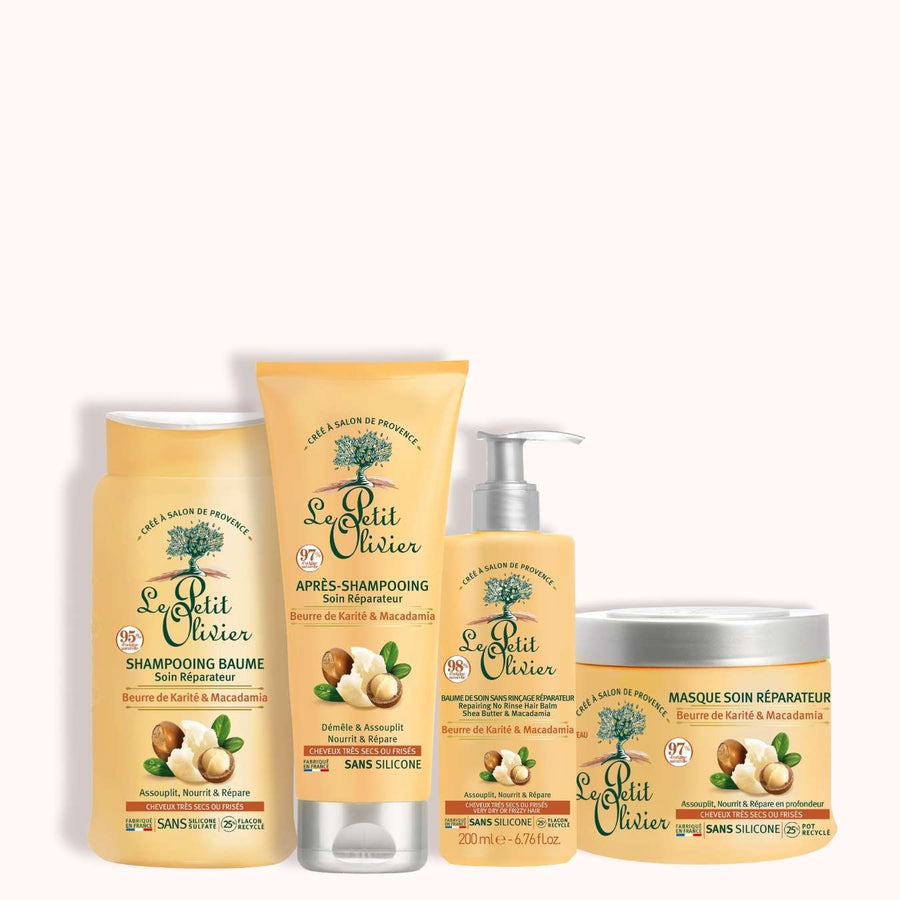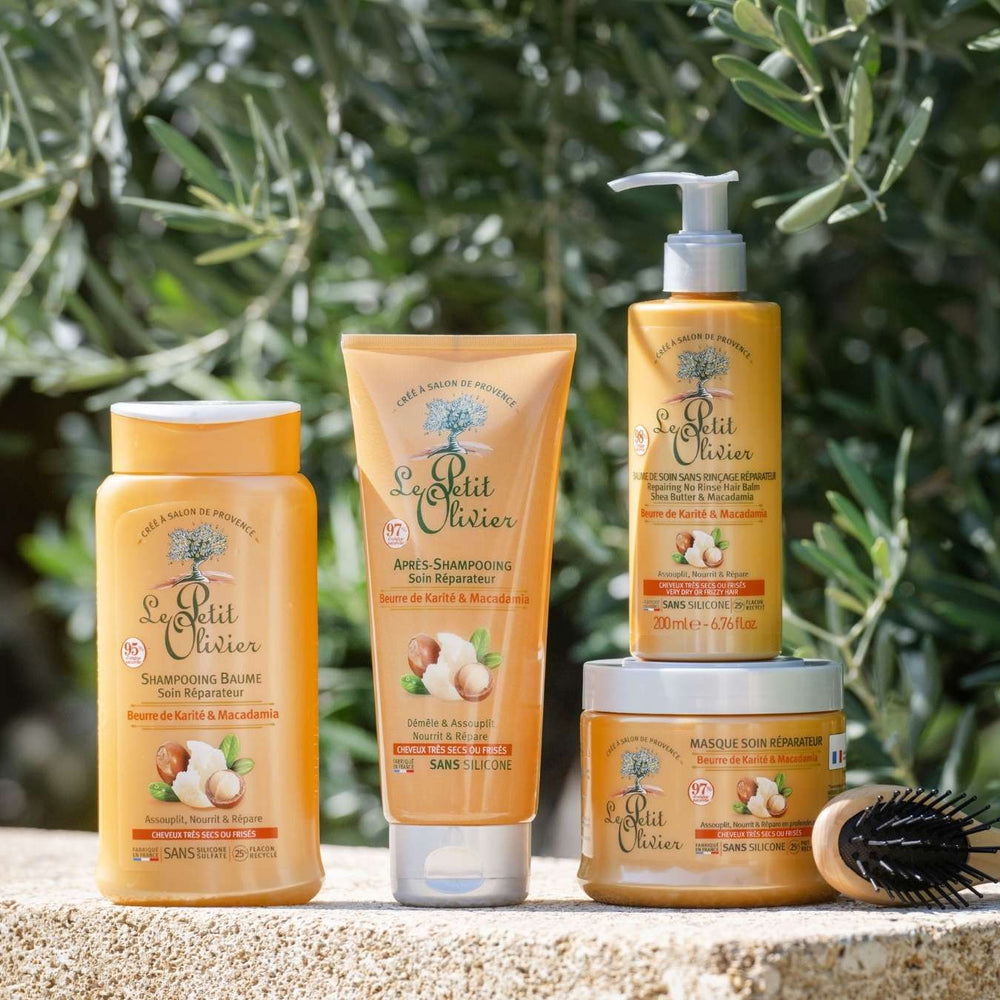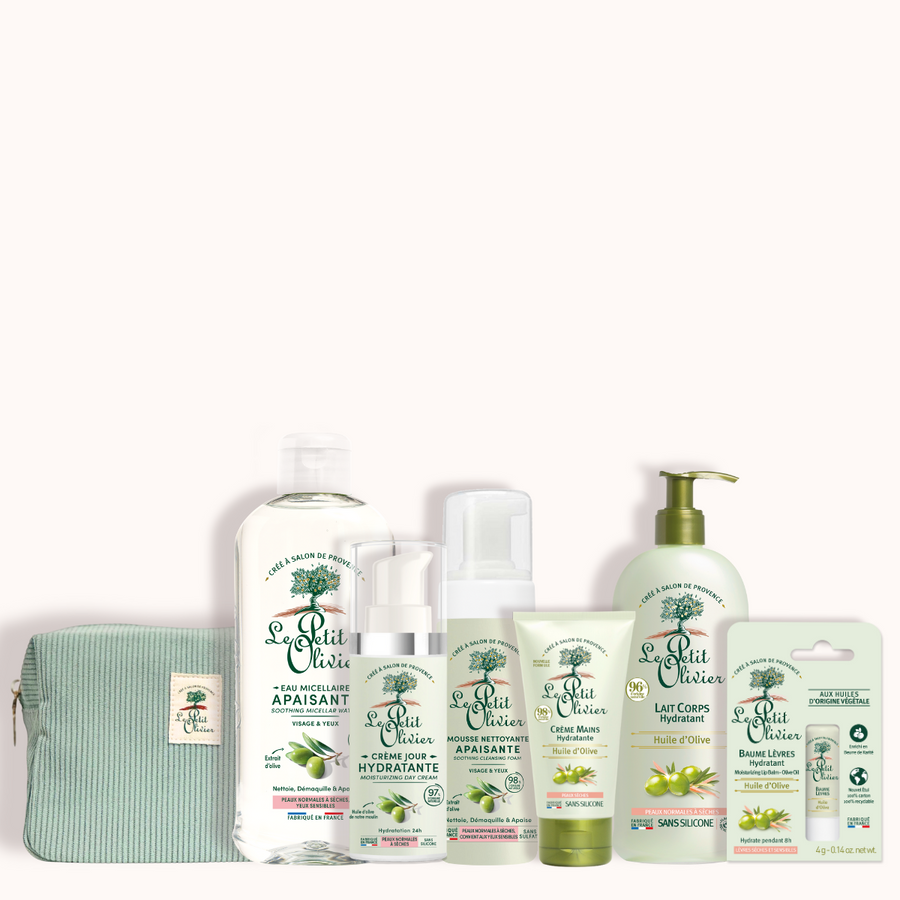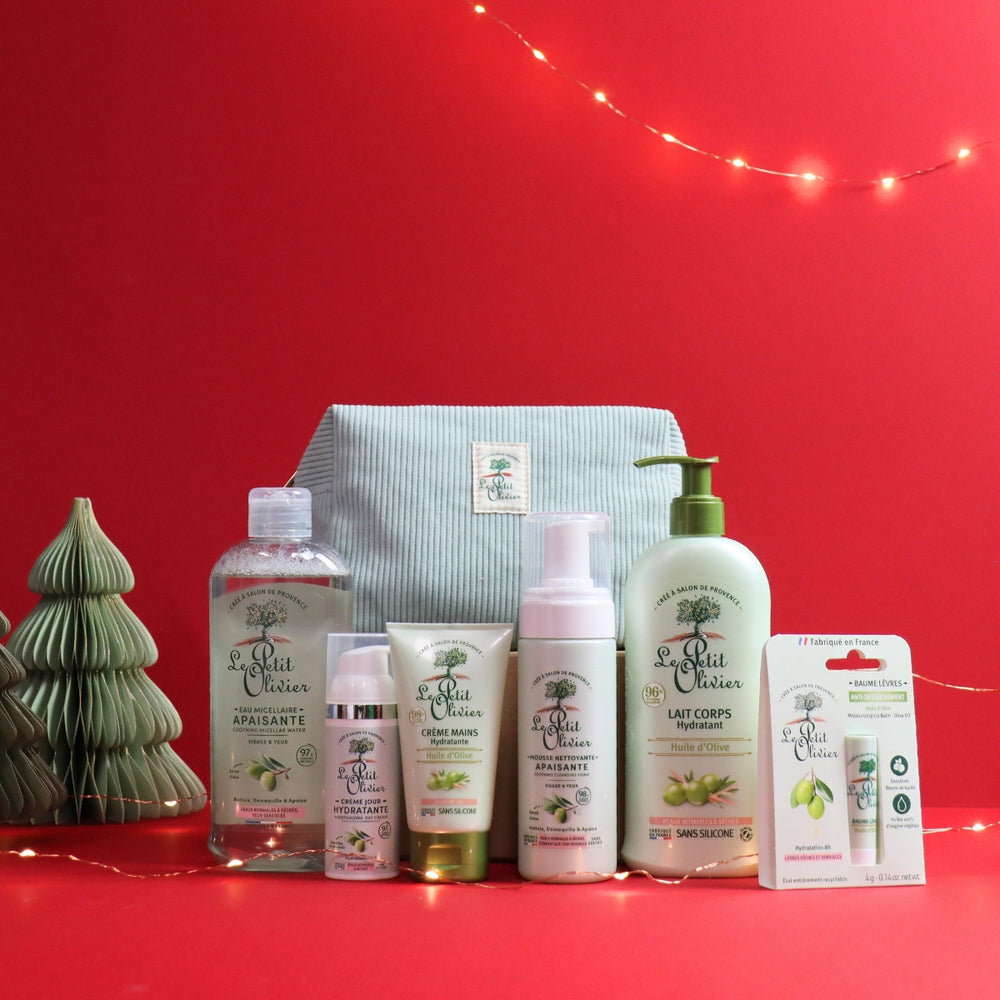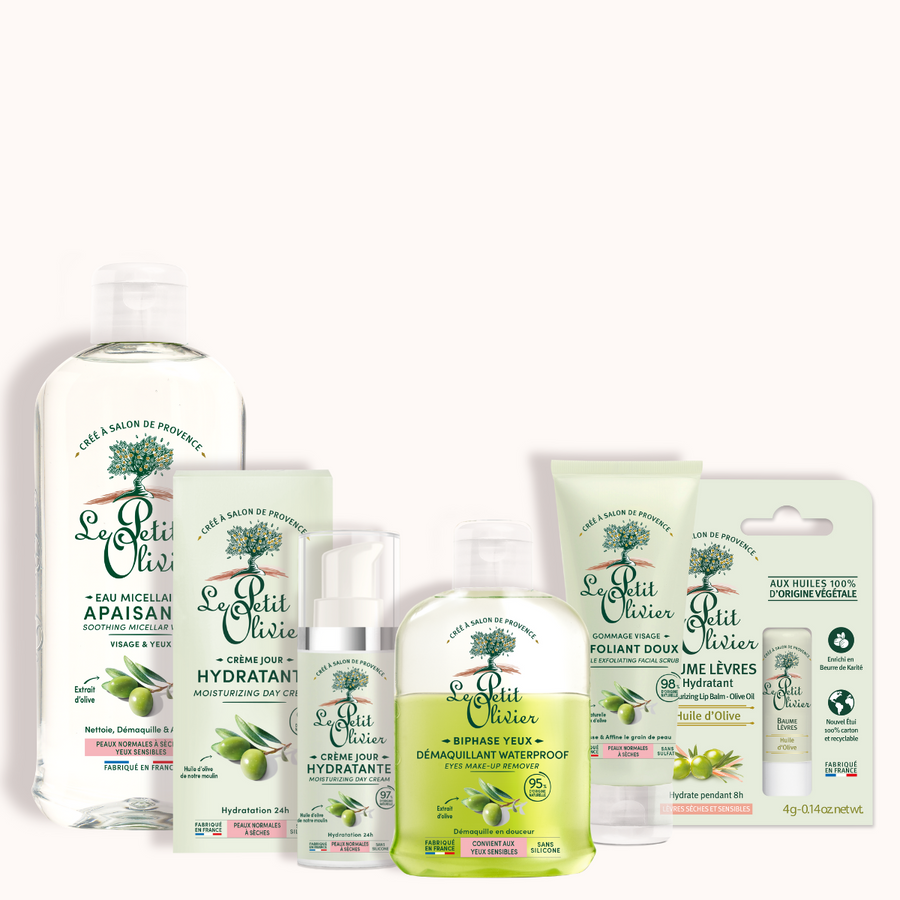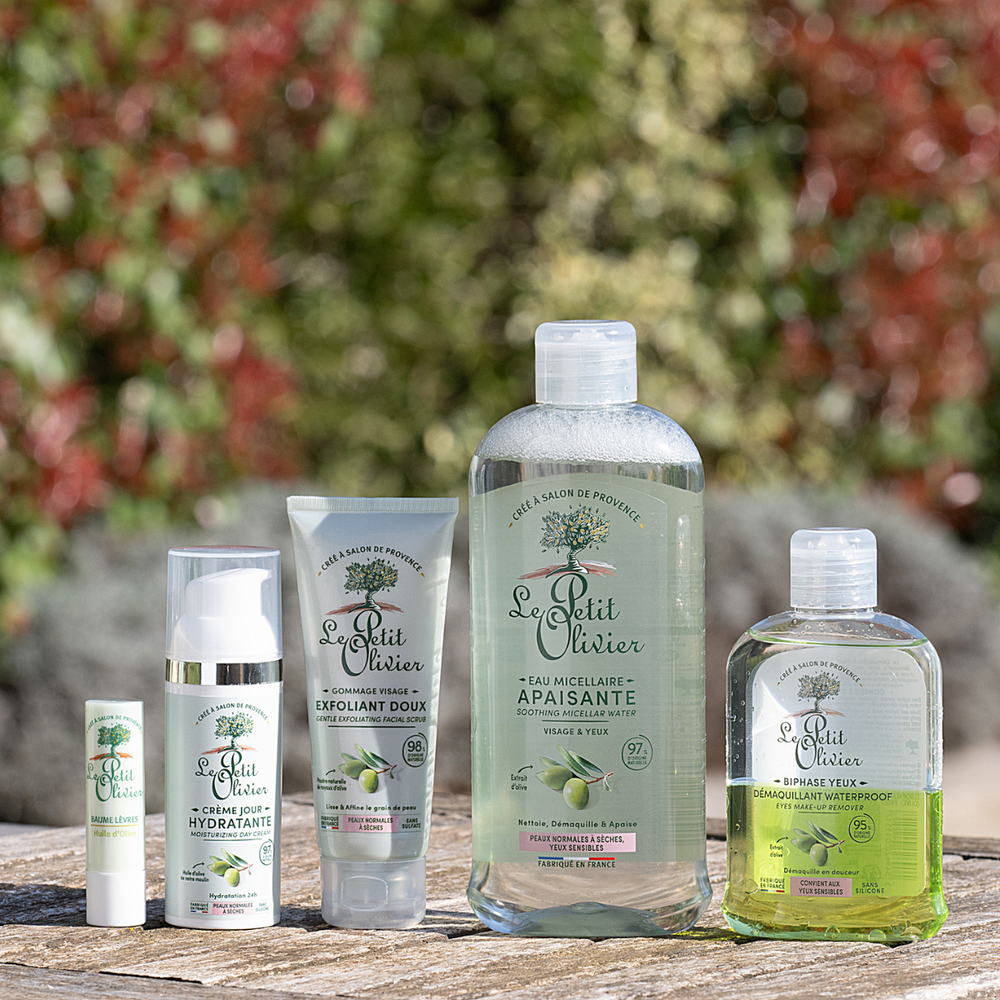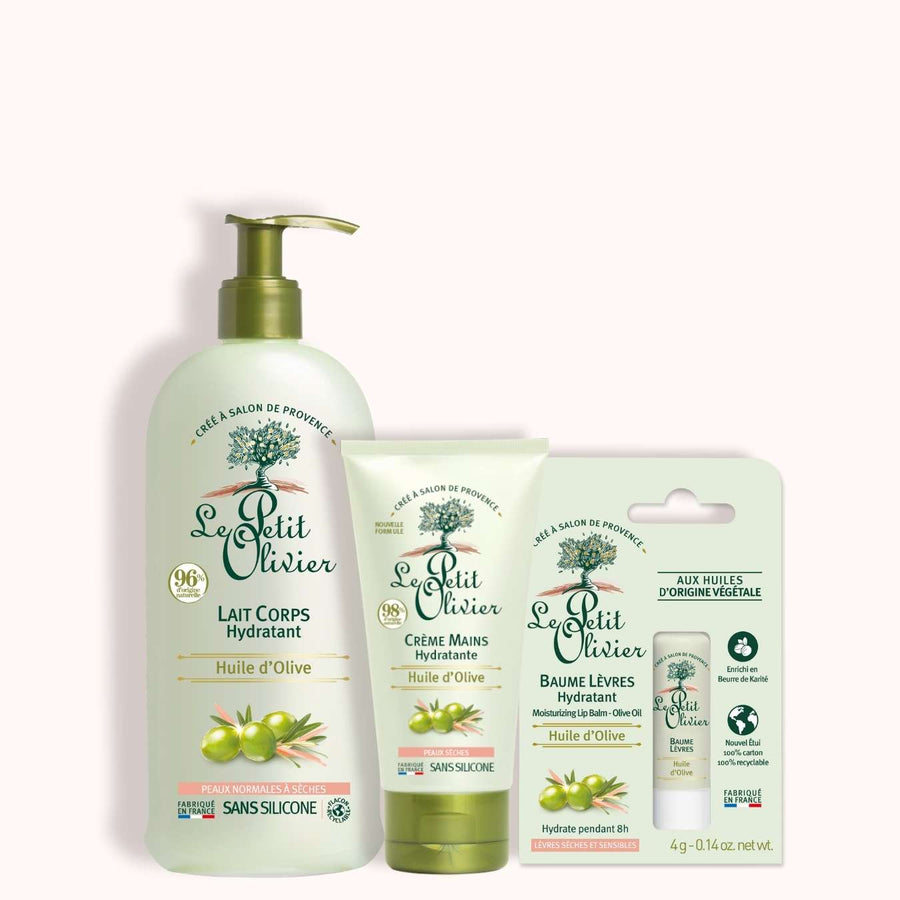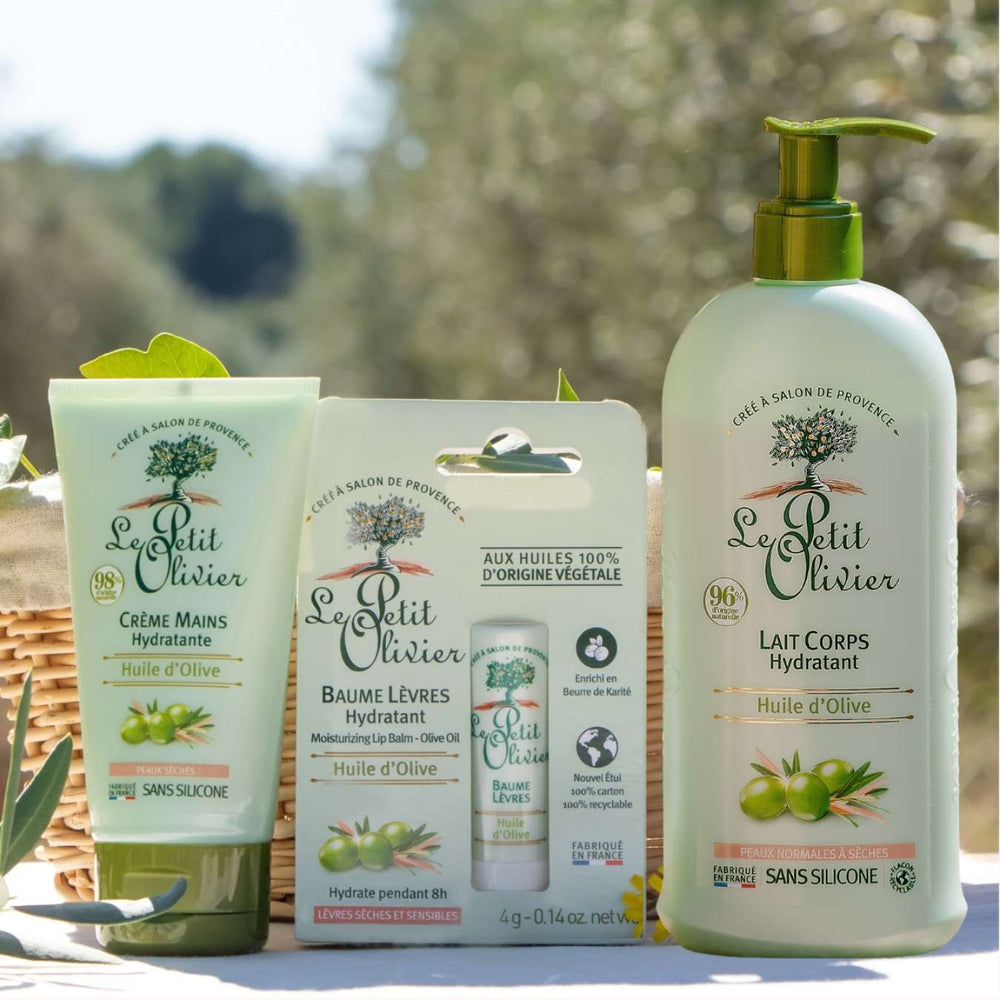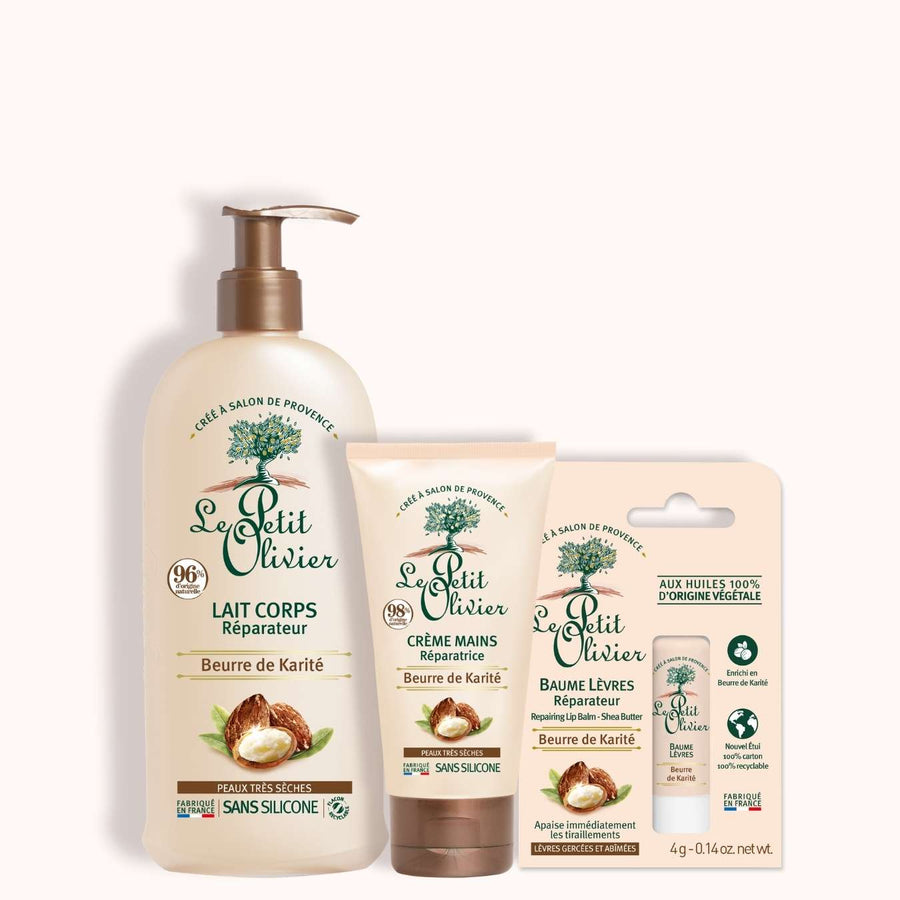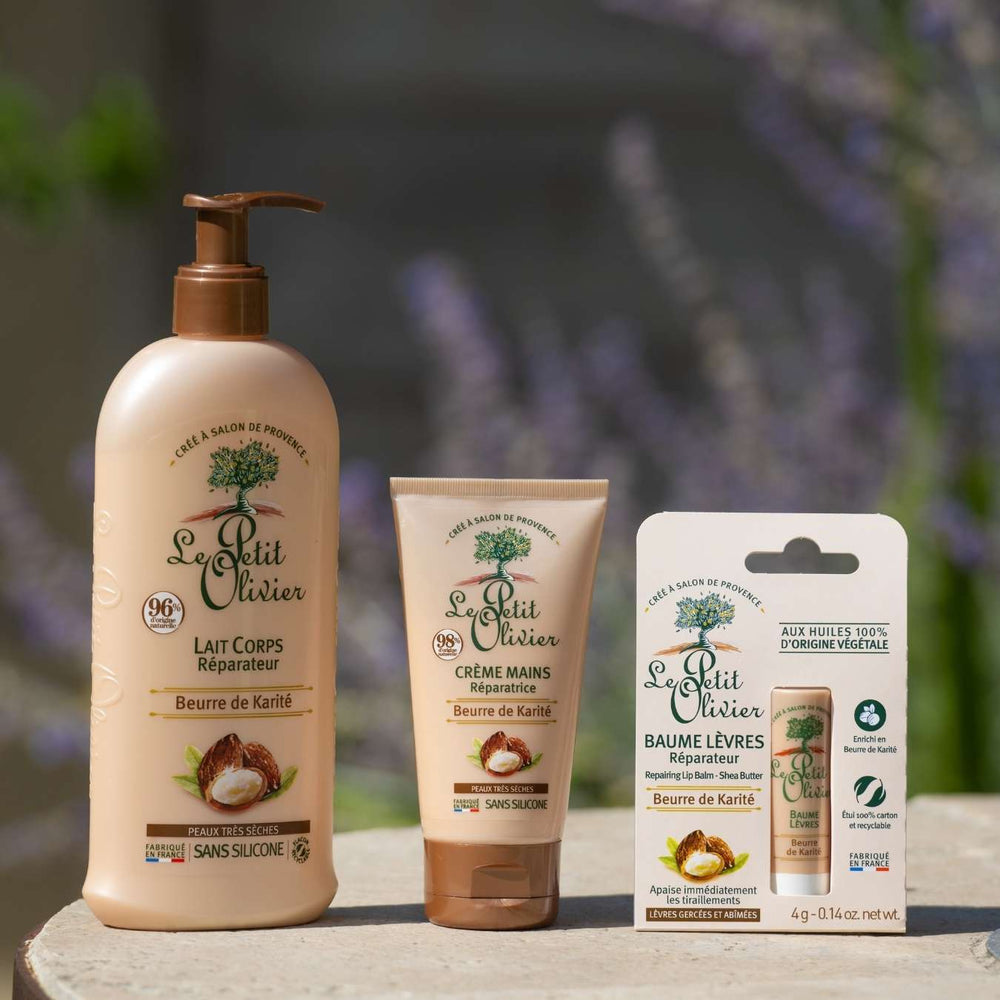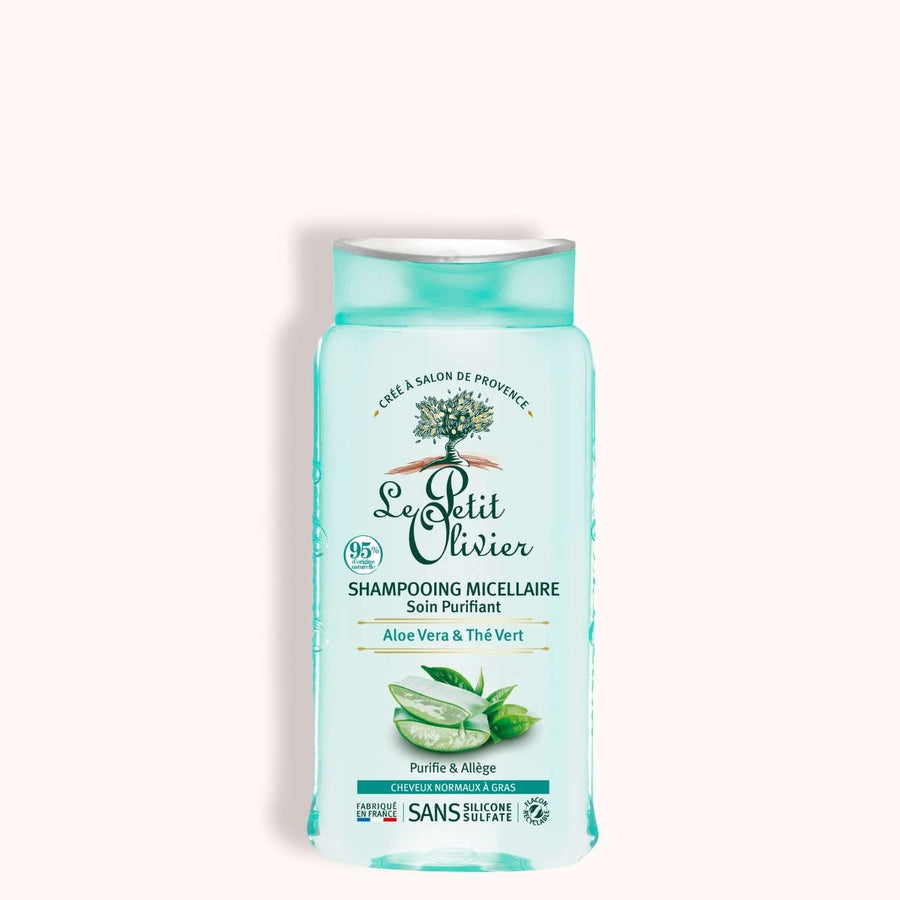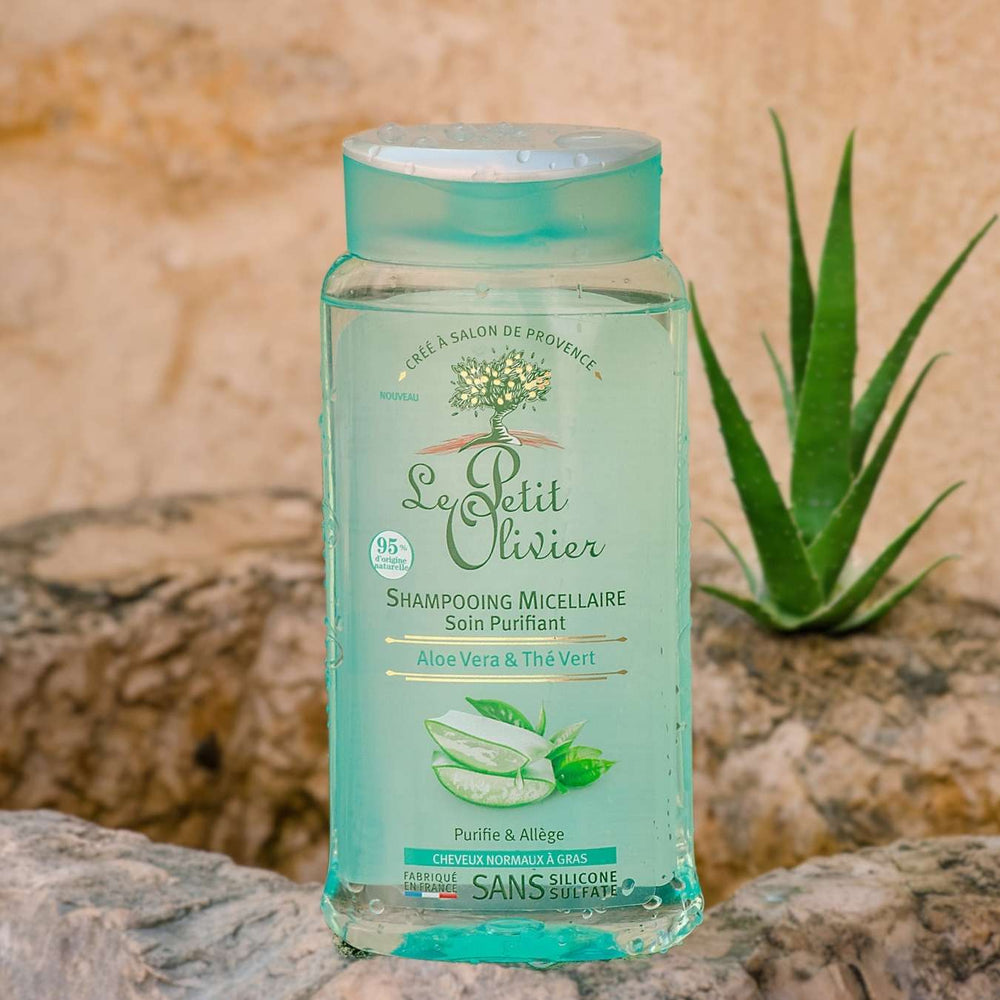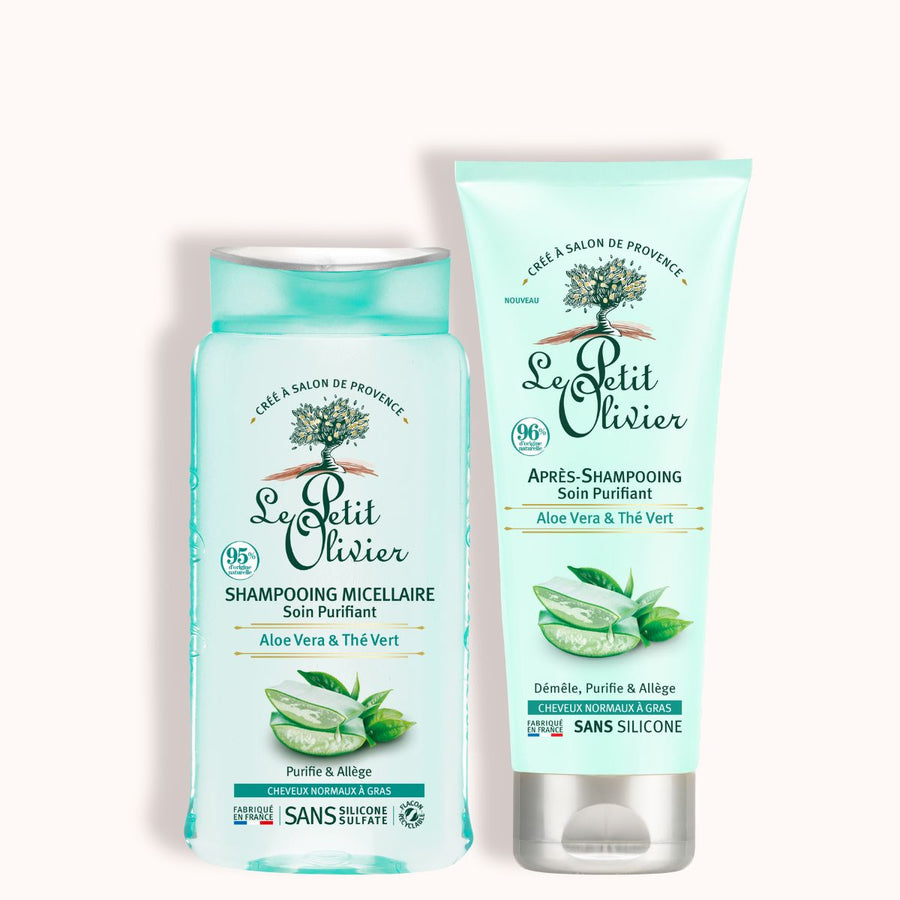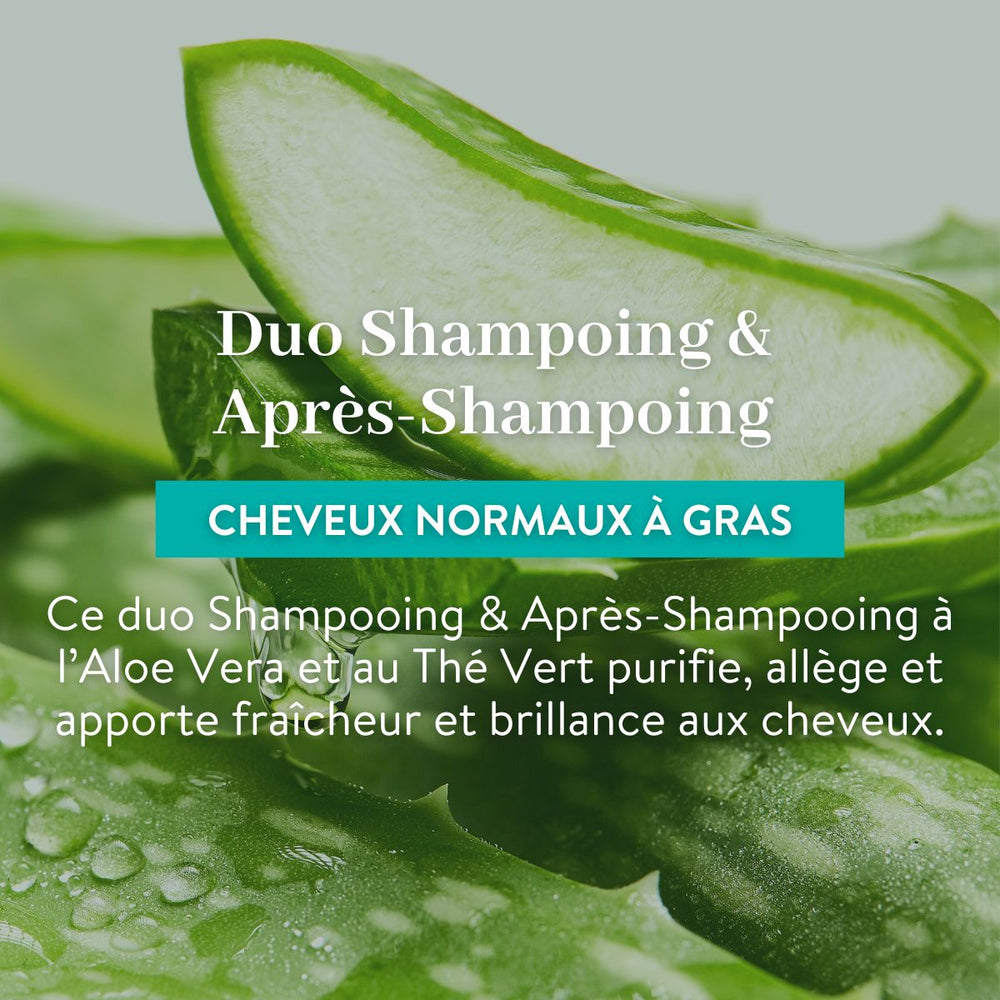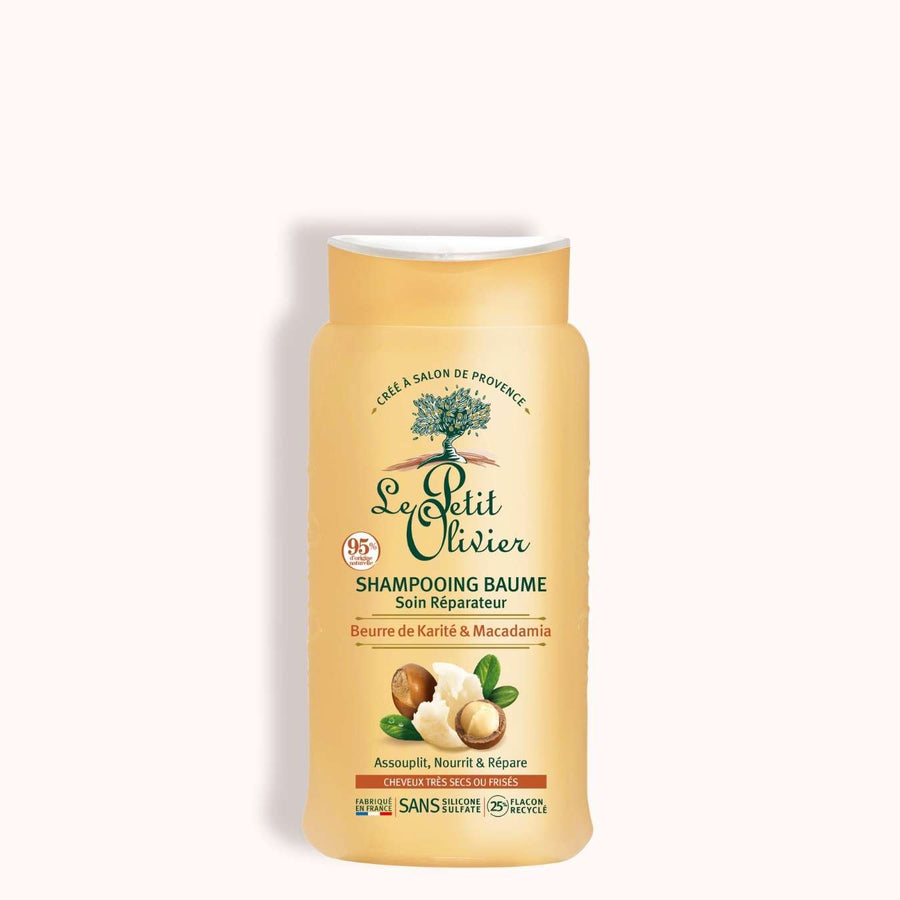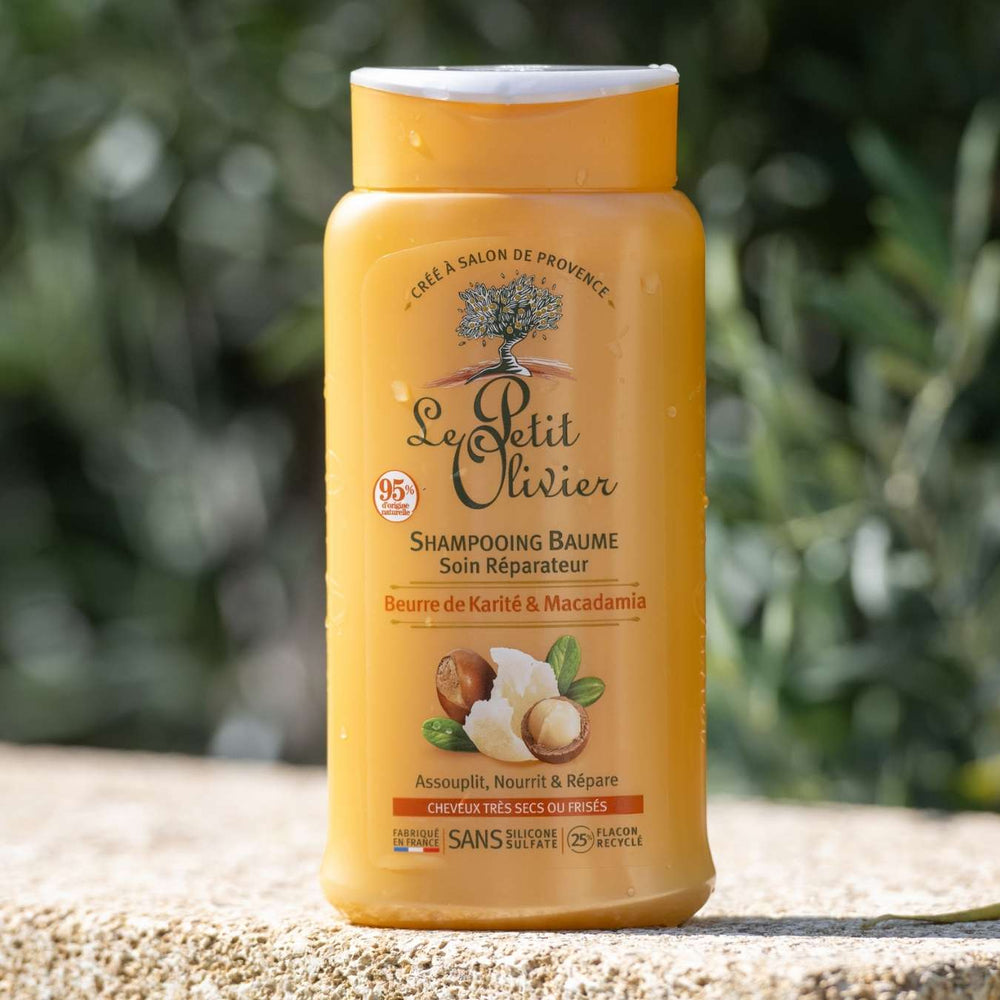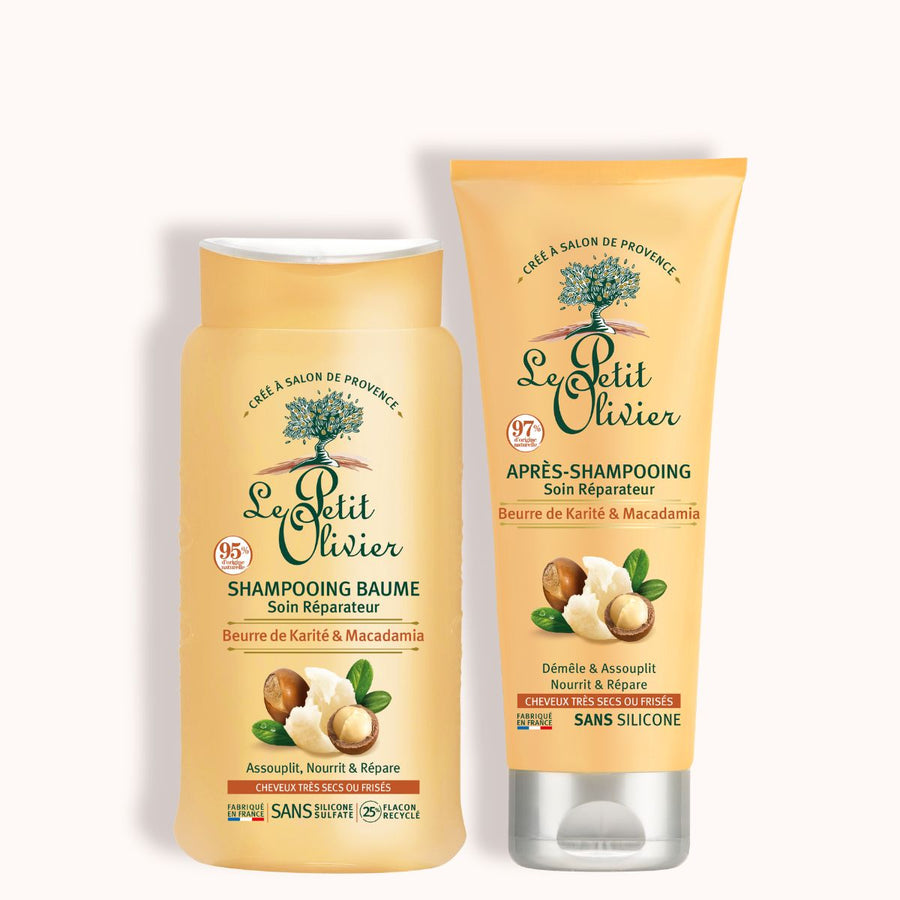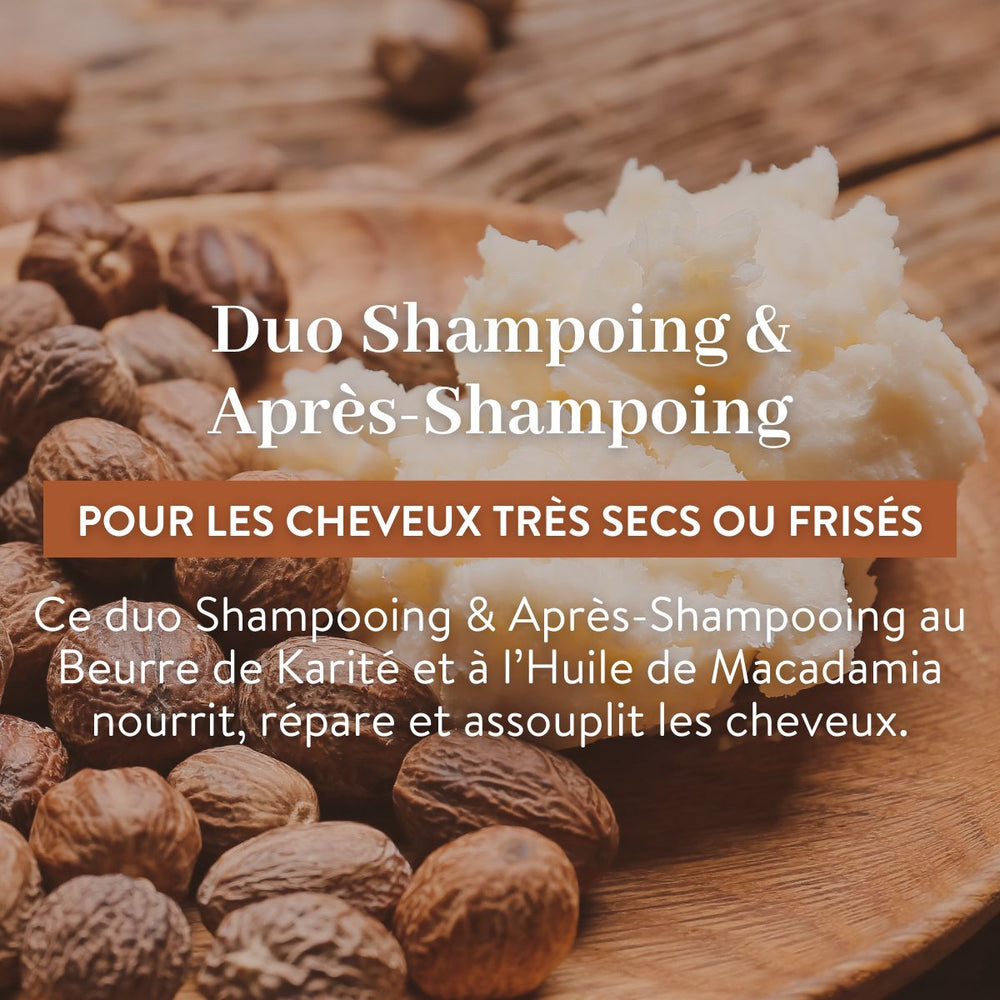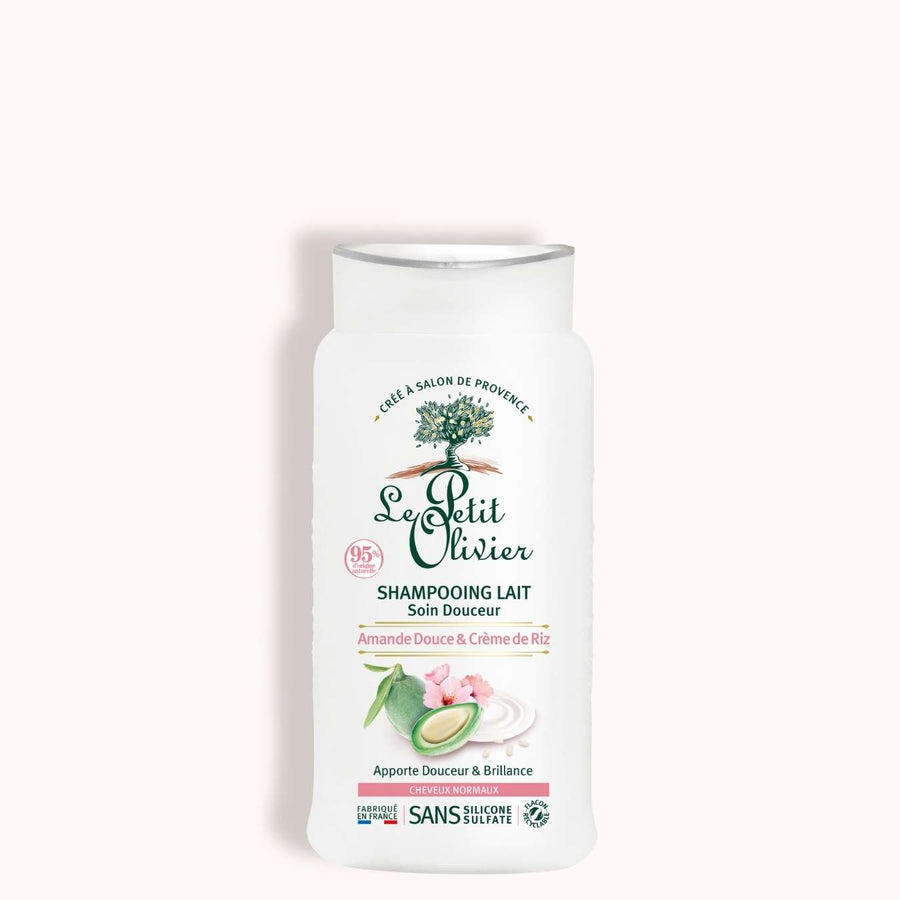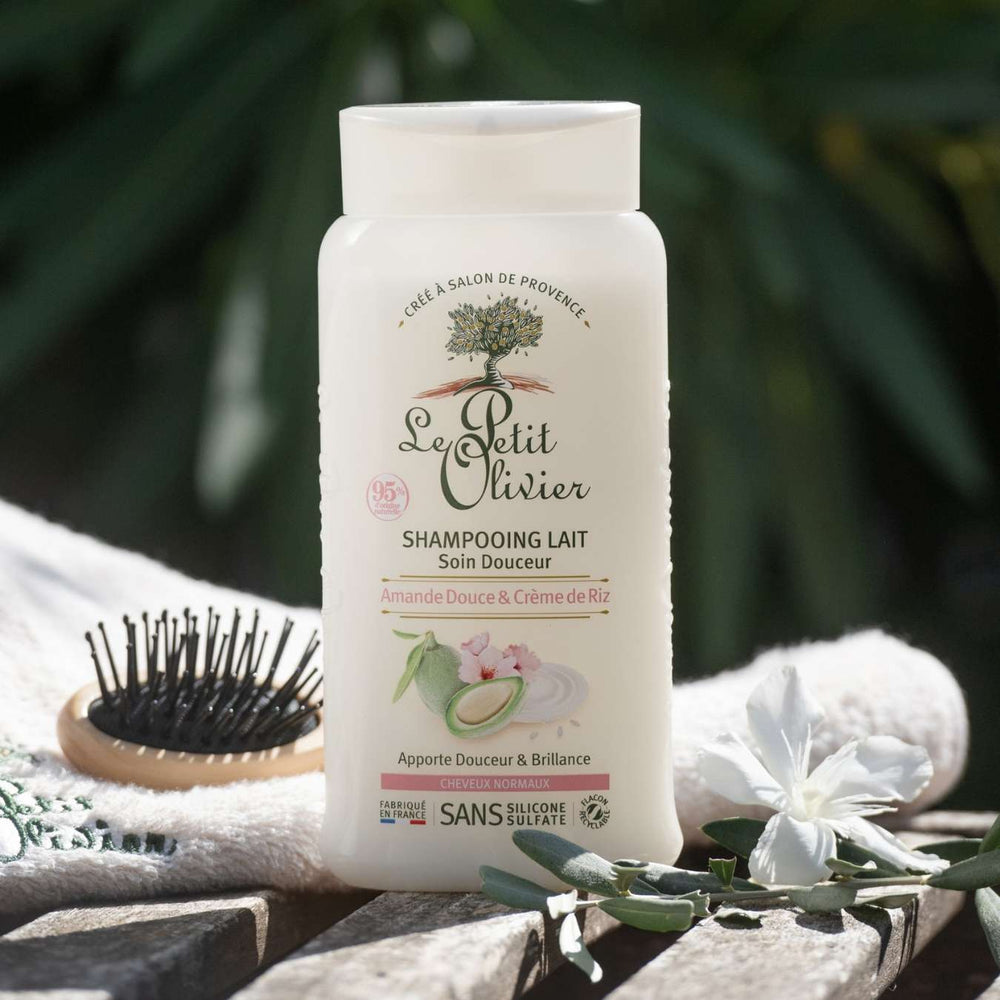Why is it important to rinse your shampoo thoroughly?
Shampoo, an everyday product that's often considered banal, is of vital importance for the beauty and cleanliness of your hair. But have you ever considered the impact of a good rinse? Rinsing not only removes the active ingredients from your shampoo, it also plays a crucial role in maintaining the natural balance of your scalp. Insufficient rinsing can leave unwanted residues that compromise not only appearance but also hair well-being.
On this page, we'll explore how using shampoo in your hair routine effectively cleanses hair and why thorough rinsing is essential. We'll also look at the consequences of improper rinsing and techniques for optimizing this key step in your hair routine.
Understanding the role of shampoo in hair cleansing
Shampoo components and their functions
Shampoo is much more than a simple washing product: it's a delicate alchemy of elements carefully selected to meet the varied needs of the hair. At the heart of this formula of ingredients are surfactants, true cleansing agents that act like magnets to attract and eliminate impurities lodged on the hair. They create a creamy lather that envelops each strand, facilitating the removal of dirt.
At the same time, foam stabilizers maintain a pleasant, even texture during application. Thickeners give the shampoo an ideal consistency for ease of use. Finally, cosmetic additives, often enriched with specific active ingredients, provide additional benefits such as shine or softness, while respecting the natural balance of the scalp.

How shampoo removes dirt and excess sebum
The cleansing action of shampoo is based on an ingenious process: surfactants cling to greasy particles and unwanted residues on the scalp. By emulsifying these impurities with water during rinsing, they allow them to be removed without altering the protective hydrolipidic film naturally present.
Thanks to this subtle interaction, shampoo effectively removes any build-up of sebum or external dust. So it's not just a question of washing your hair, but of preserving its shine while ensuring optimum care for every hair type.
The consequences of improper shampoo rinsing
Shampoo residues and their undesirable effects
Incomplete rinsing can leave invisible but damaging residues on your hair. These residues, though discreet, can transform a shiny mane into a dull, weighed-down mass. Unremoved surfactants continue their action on the scalp, disturbing its natural balance and potentially causing unsuspected irritation. Have you ever felt that heavy feeling after washing? It could be a sign that your hair needs to be rinsed more thoroughly.
These persistent particles don't just dull the appearance of your hair; they also impact its internal structure. Over time, the beneficial active ingredients in your hair care products struggle to penetrate the hair fiber, hindering their effectiveness. To avoid these inconveniences, it's crucial to adopt a rigorous rinsing method that will guarantee impurity-free hair.

Capillary problems due to insufficient rinsing
The accumulation of unrinsed shampoo can lead to a series of hair complications, the extent of which is often underestimated. Among these, incessant itching is the most common complaint of those who neglect this essential step. These unpleasant sensations originate from irritation of the scalp by residual substances.
What's more, improper rinsing can exacerbate the formation of dandruff, those unwanted flakes that come to plague your impeccable hairstyle. Excess product creates an environment conducive to microbial proliferation, accentuating this unsightly and embarrassing phenomenon. To prevent these hair disorders and maintain attractive hair, it's essential to give rinsing the attention it deserves.

The importance of a good rinse for scalp comfort
Prevents scalp irritation and itching
Meticulous rinsing is a crucial step in preserving the comfort of your scalp. Surfactants, if not completely removed, continue to aggress this fragile area, causing unpleasant itching that can impair your daily well-being.
Remember to adjust the water temperature when rinsing: water that's too hot can exacerbate skin sensitivities, whereas cool water has a soothing effect. By adopting this simple but effective gesture, you minimize the risk of irritation and promote a serene hair environment.
Impact on scalp balance and dandruff prevention
Maintaining the scalp's natural balance is essential to avoid hair disorders such as dandruff. Insufficient rinsing often leaves behind particles that disturb this delicate balance, creating fertile ground for microbial proliferation. These micro-organisms can then cause or aggravate the appearance of dandruff, those undesirable flakes that dull your look.
To counter this phenomenon, it's advisable to adopt a rigorous method, ensuring that each strand is perfectly rinsed. This attention to detail not only helps prevent dandruff, but also ensures that your hair stays light and shiny. So, armed with a well-thought-out routine, you can give your scalp the care it deserves, while naturally enhancing your hair's appearance. Le Petit Olivier offers a wide range of hair care products for all hair types.
The benefits of proper rinsing on hair appearance
Shinier, lighter hair thanks to proper rinsing
Imagine stepping out of the shower with hair that catches the light with every movement, revealing a radiant shine. Meticulous shampoo rinsing plays a key role in this transformation. By carefully removing all residues, you free your hair from the dulling particles that accumulate over time. The result? Light, airy strands, ready to dance in the wind.

Improves hair texture and volume
Have you ever noticed how some days your hair seems to have naturally more volume and texture? Optimum rinsing could well be the secret behind this much sought-after volumizing effect. By completely ridding your hair of the weighing agents contained in shampoo, you allow it to regain its natural suppleness.
This new-found lightness also makes styling easier: your curls are shaped with elegance, while fine hair gains body without extra effort. For those who want to maximize this volumizing benefit, we recommend tilting your head slightly forward during the last rinse to loosen roots and encourage natural movement from the roots.

Techniques for rinsing shampoo thoroughly
Key steps for effective rinsing
A good rinse is the art of freeing your hair from residue, allowing it to regain its natural shine. Start by making sure the water temperature is lukewarm, as excessive heat can damage the scalp. Wet your hair thoroughly, paying particular attention to the nape of the neck and the roots, which are often neglected.
While rinsing, gently run your fingers through the strands to help remove any foam residue. A second wash may be necessary if you're using a conditioning shampoo, or if your hair is particularly loaded with impurities. In this case, leave the product on as recommended to allow the active ingredients to work effectively.
Finish with a final pass under slightly cooler water to tighten hair scales and seal in natural shine. This last step also leaves hair feeling light, and ideally prepares it for further treatments such as conditioner or mask.
Common mistakes to avoid when rinsing shampoo
Even with the best of intentions, certain mistakes can compromise the quality of the rinse. Avoid using water that's too hot, which not only dries out the hair fiber but also leaves unwanted particles behind. Likewise, don't rush this step: a botched rinse often leaves invisible traces that dull the overall appearance.
Another common mistake is to neglect certain areas, such as behind the ears or near the temples, where product tends to accumulate more. Be sure to rinse each section thoroughly to ensure complete removal of residue. Finally, avoid wringing out your hair too vigorously after rinsing; instead, pat it gently with a soft towel to preserve its structural integrity.
By adopting these simple but essential steps in your daily hair routine, you'll optimize not only the effectiveness of your shampoo, but also the overall appearance and texture of your hair.
Optimal hair routine: incorporate a good rinse every day
Tips for successful hair care
To enhance your hair, it's essential to adopt a routine that respects the delicacy of your hair fibers. Start by choosing a Le Petit Olivier shampoo adapted to your specific needs, whether you have dry, oily or color-treated hair. Apply gently, massaging the scalp with your fingertips to stimulate microcirculation and help eliminate impurities.
Remember to alternate with a very mild shampoo if you wash your hair daily, to preserve its integrity. A weekly nourishing treatment can also deeply improve your hair.
Avoid aggressive practices such as frequent blow-drying or high-temperature blow-drying. Instead, let your hair dry naturally whenever possible, or use a soft towel to absorb excess water without excessive friction.
Adapt rinsing to different hair types
Knowing how to adapt your rinsing technique to your hair type is crucial to maximizing shine and natural volume. For curly or frizzy hair, opt for a warm water rinse followed by a cooler spray to tighten the scales and define your curls while minimizing frizz.
Fine hair will benefit from a final rinse tilted forward to slightly lift the roots and give body to the style. Those with dry hair should be careful to remove all residues of moisturizing products, so that their strands are not weighed down unnecessarily.
Remember that every hair is unique, so adjust these tips to your own hair experience to ensure optimal, long-lasting results. By incorporating these simple yet effective gestures into your daily routine, you'll give your hair the attention it deserves.
We recommend these other pages:
